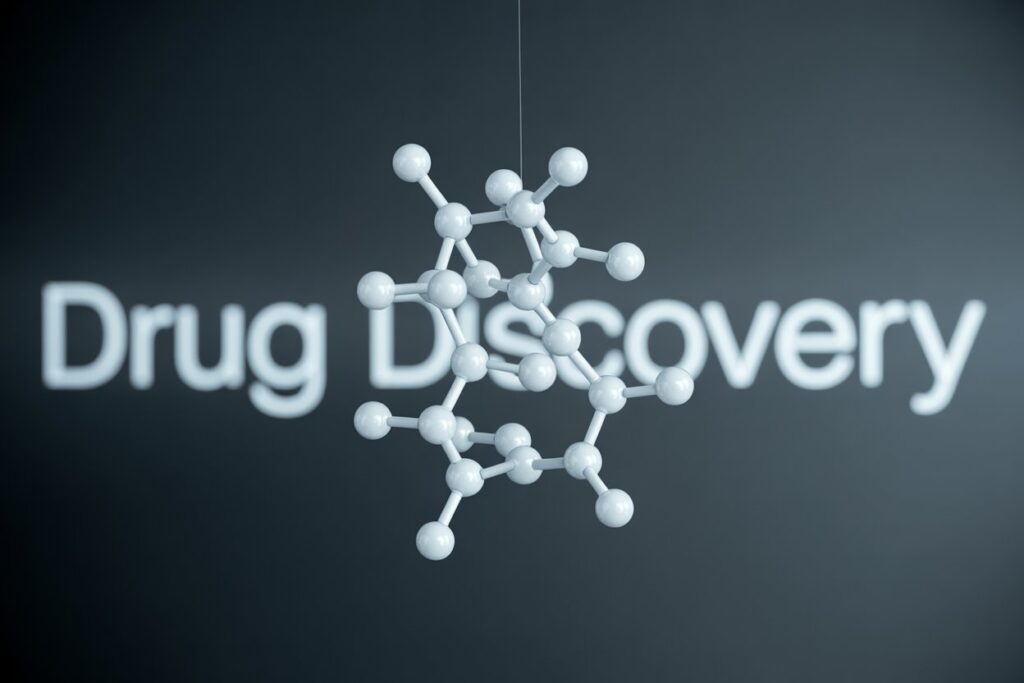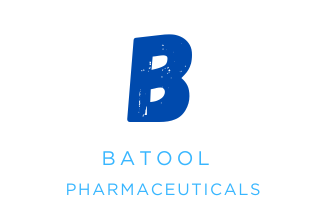
The Science and Process Behind Pharmaceutical Innovation and the development of a new drug involves a tiresome process and covers various branches of science, which include
- Biology
- Microbiology
- Chemistry
- Pharmacy
- Technology
- Finance, etc.
The process of formation of a drug was established by the contribution of years of research, huge investments, and centuries of discoveries, which includes repetitive experimentations and trial and error. After all these efforts, finally scientists will be able to find the multistage process to invent a drug in a precise and specific method. Let’s dig deep into the process of drug discovery.
Understanding Drug Discovery and Development
Inventing a drug is a structured process and consists of several steps. These steps were formulated by a number of series of experiments, which includes a long process of trial and error. The process of drug invention took 10-15 years of time and 2.6 billion in investments.
Following are the steps that were taken to formulate a drug:
- Target Identification
The first step is to find the target protein, genome, or enzyme that is the major cause of disease, and then a scientist finds the target protein for therapeutic effects.
– Example: In cancer research, targets might include proteins that promote tumor growth (e.g., HER2 in breast cancer)
– Tools used: genomics, proteomics, and bioinformatics, which includes computational studies, etc., which help pinpoint these targets.
- Target Validation
Researchers must confirm that modifying the target will have a therapeutic effect.
– Techniques:
– Gene knockout studies (removing a gene in lab animals to observe effects).
– RNA interference (RNAi) to silence specific genes.
- Drug Screening and Lead Compound Identification
Scientists search for molecules that can interact with the target.
– High-Throughput Screening (HTS): Robots test thousands of chemical compounds to find potential “hits.”
– Computer-Aided Drug Design (CADD): It points out that some computational software were established which predicts the target protein with the help of AI
- Lead Optimization
The most promising compounds (“leads”) are chemically modified to improve:
– Efficacy (effectiveness)
– Safety (reducing side effects)
– Pharmacokinetics (how the body absorbs, distributes, metabolizes, and excretes the drug)
- Preclinical Testing
Before human trials, drugs are tested in labs and animals to assess:
– Toxicity (Is it safe?)
– Pharmacodynamics (To understand the mechanism of the drug in human body)
Clinical Trials: Testing in Humans
Clinical trials are conducted in three phases, overseen by regulatory agencies like the FDA (U.S.) and EMA (Europe).
-:
Phases | Phase I | Phase II | Phase III |
volunteers | 20-100 healthy people | 100-500 patients with the disease | 1,000-5,000 patients |
Duration | Several months. | Months to 2 years. | 1-4 years. |
goal | – Assess safety and dosage. | Test efficacy and side effects. | Confirm effectiveness, monitor adverse reactions, and compare with existing treatments. |
Success rate: Only about 10% of drugs entering Phase I reach approval.
Regulatory Approval and Post-Market Surveillance
After successful trials, the drug developer submits a New Drug Application (NDA) to regulators.
– FDA Review: Takes ~6-10 months.
– Post-Market (Phase IV) Monitoring: Even after approval, drugs are tracked for long-term effects.
Example: The painkiller Vioxx was withdrawn in 2004 after post-market studies revealed heart risks.
Evolution of Drug
- Traditional Methods
– Natural Compounds: Many early drugs came from plants (e.g., aspirin from willow bark, penicillin from mold).
– Serendipity: Some discoveries were accidental, like Viagra (originally tested for hypertension).
- Modern Approaches
– Biologics: Drugs made from living cells (e.g., monoclonal antibodies like Humira for autoimmune diseases).
– Gene Therapy: Editing DNA to treat genetic disorders (e.g., CRISPR-based treatments).
– AI and Machine Learning: Accelerating drug discovery by predicting molecule interactions (e.g., DeepMind’s AlphaFold).
Following are the challenges in drug development:
– High Costs: R&D expenses often exceed $1 billion per drug.
– High Failure Rates: Over 90% of experimental drugs fail in trials.
– Ethical Concerns: Animal testing, clinical trial transparency, and drug pricing debates.
Case Study:
Fastest-developed drugs
The pharmaceutical industry is a very slow-moving industry. Each step takes so many precautions and so much patience, as mentioned earlier, that an average drug takes 10-15 years to match the normal standards of the market. But due to some pandemic situations, some drug inventions broke records. The synthesis of these drugs was very fast in order to save the world from emergency situations and bring the world back to a normal pace. One of the fastest drug productions is the vaccine for COVID-19. Pfizer-BioNTech’s Comirnaty (BNT162b2) and Moderna’s mRNA-1273 (Spikevax) are the major international companies that produce it within the span of less than one year. Let’s understand how this impossible task wears the cloak of reality.
. Prior mRNA Research (Pre-2020)
– Scientists had been working on mRNA vaccine technology for decades (since the 1990s).
– Research on SARS and MERS (related coronaviruses) provided a head start on how to target spike proteins.
– BioNTech and Moderna were already developing mRNA-based flu and cancer vaccines before COVID-19.
Accelerated Development (2020)
– January 2020: The SARS-CoV-2 genetic sequence was published by Chinese scientists.
– March 2020: Pfizer-BioNTech and Moderna began Phase I trials.
– July 2020: Early results showed strong immune responses.
– November 2020: Phase III trials confirmed ~95% efficacy.
– December 2020: Emergency Use Authorization (EUA) granted by the FDA.
Factors that make this impossible task possible:
Global Collaboration—Scientists, governments, and pharma companies shared data.
Unprecedented Funding—Governments (e.g., U.S. Operation Warp Speed) removed financial barriers.
Parallel Clinical Trials—Phases I, II, and III overlapped instead of proceeding sequentially.
Regulatory Fast-Tracking—Agencies like the FDA prioritized COVID-19 reviews without compromising safety.
Other Fast-Developed Drugs in History
While the COVID-19 vaccines hold the record, a few other drugs were developed unusually quickly:
- Zidovudine (AZT, 1987)—The first HIV drug, approved in just 20 months due to the AIDS crisis.
- Tamiflu (Oseltamivir, 1999)—An antiviral for flu, developed in under 2 years in response to pandemic fears.
- Ebola Vaccine (Ervebo, 2019)—Took 5 years, fast for a traditional vaccine.
Conclusion
Drug invention is a very strict, lengthy, and tiresome process. It required patience, time, multiple experiments, and a lot of investments. From target identification to clinical trials, each step requires precision and innovation. Although the challenges are increasing day by day, as the challenges increase, so does the technology. The advancement of AI, genomics, and biotechnology increases the hope that we will treat the untreated diseases. As a pharmaceutical chemist, I also worked with computational software that tells us interactions with target proteins and the medicinal molecule and predicts its interactions. The mRNA COVID-19 vaccines are the fastest drugs ever invented, thanks to decades of prior research, global urgency, and regulatory flexibility. While most drugs take years, these cases prove that with enough resources and collaboration, rapid medical breakthroughs are possible.
